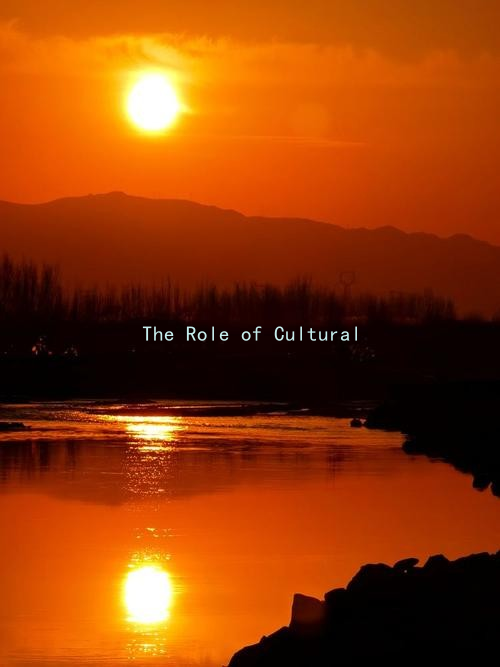The Role of Cultural Background in Enhancing Intimacy and Relationship Dynamics
In todays increasingly globalized world, the role of cultural background in relationships cannot be understated. Cultural influences shape individuals’ values, beliefs, and communication styles, all of which are essential facets in building intimacy and understanding in romantic partnerships. Recognizing and appreciating these differences can significantly enhance the dynamics of relationships.
To begin with, cultural backgrounds often dictate how people express affection and intimacy. For instance, in some cultures, physical touch such as hugging or holding hands is commonplace and seen as a sign of love, while in others, such expressions might be reserved for significant moments or kept for close family. Understanding these differing comfort levels with affection is crucial when attempting to build intimacy. In a multicultural relationship, openly discussing each partner’s preferences regarding physical touch can help avoid misunderstandings and foster a more profound connection.
Moreover, communication styles vary widely across cultures and can greatly affect relationship dynamics. Some cultures may encourage direct and explicit communication, while others may promote indirect or subtle communication. For example, in certain Asian cultures, there might be an emphasis on reading between the lines and respecting silence, which can be misinterpreted by partners from more straightforward backgrounds. By cultivating awareness of these differences, partners can work towards developing a communication style that honors both their backgrounds and nurtures intimacy.
Cultural background also plays a significant role in conflict resolution. Individuals from different cultures may approach disagreements with contrasting methods—some may prefer to confront issues head-on, while others might choose to avoid conflict altogether or find a middle ground. Understanding each other’s conflict resolution styles can prevent resentment from building up and instead allow for a more constructive approach to resolving differences, which in turn strengthens the emotional bond between partners.

Additionally, cultural traditions influence relationship expectations, particularly regarding roles and responsibilities within partnerships. In many cultures, traditional gender roles may dictate the expectations of what a partner should provide, from emotional support to financial stability. However, in more egalitarian cultures, roles may be less defined, leading to a partnership dynamic based on equality and shared responsibility. Partners should openly discuss their cultural perspectives on roles to avoid disappointment and miscommunication, ensuring both feel valued and respected.
Furthermore, cultural celebrations, rituals, and family values are crucial facets of relationship-building. Engaging in each other’s cultural practices not only fosters intimacy but also deepens mutual respect and understanding. For instance, participating in traditional holidays or family gatherings can help partners appreciate the significance of these events and the backgrounds that shape their identities. Creating shared experiences through these cultural lenses can enhance the emotional connection and create a rich tapestry of shared memories that strengthen the partnership.
In conclusion, recognizing the role of cultural background in enhancing intimacy and relationship dynamics is vital for partners navigating a multicultural landscape. By fostering open communication, understanding differing expressions of affection, adapting to various conflict resolution styles, and appreciating cultural traditions, partners can cultivate a deeper emotional connection rooted in mutual respect and understanding. Embracing cultural differences not only enriches individual identities but also fortifies the bond shared between partners, leading to a more resilient and fulfilling relationship.





